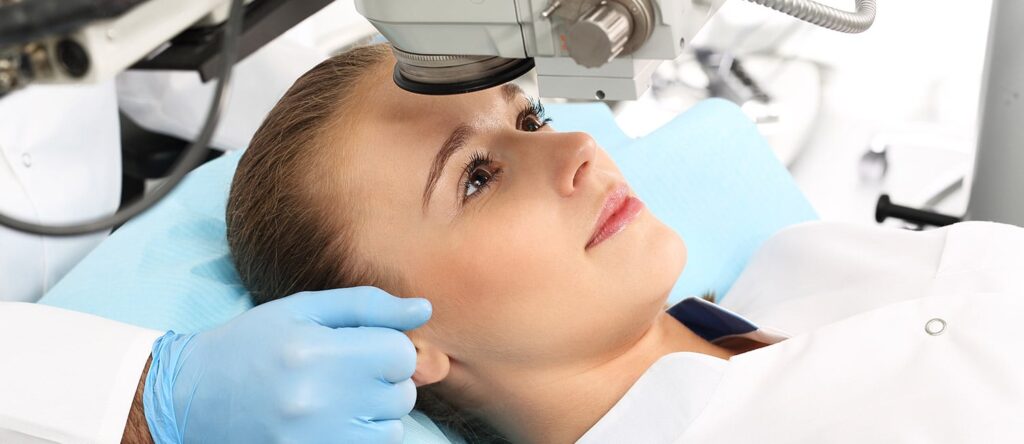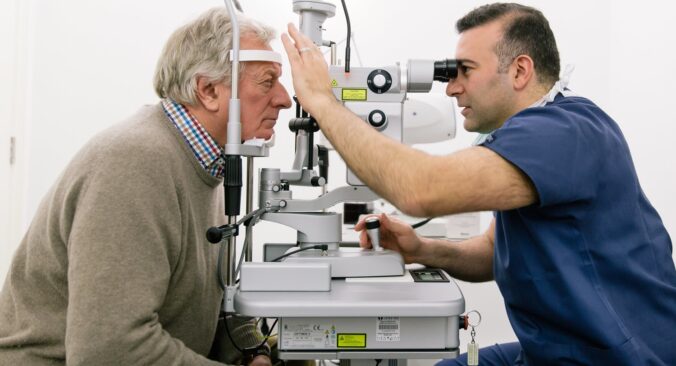LASIK eye surgery is a sure way to improve your overall vision, but protecting your eyes doesn’t stop after the procedure. Instead, to ensure the best post-operative results and to safeguard your vision well into the future, there are essential steps you need to take to promote and protect your overall eye health.
Following the procedure, your surgeon will give various post-operative instructions to encourage a quick recovery. But even once you are fully recovered, there are certain things you should do regularly to protect your eyes. Learn more about quick recovery after LASIK surgery.
This article reviews the best things you need to do to protect your eyes after having LASIK surgery. Not only will those practices ensure you achieve your desired, but they can also protect your eyes from future damage and injuries.
Plan Your Outdoor Activities Carefully
One of the benefits of LASIK surgery is it offers a quick recovery time – most people are back to their daily routines within the first 24 hours. But, you won’t be able to do all activities right away. You won’t be able to engage in some strenuous activities for a few days, or in some cases, a week. We have devised a recommended activity schedule for you to follow.

For example, on the day of your LASIK eye surgery, you must avoid any activities in which your eyes may be rubbed, poked, or touched. You must prevent showering so that water and soap don’t get in your eyes. You won’t drive your lovely cars and will be instructed to avoid alcohol. However, you will complete outdoor activities or light exercise three days after your LASIK eye surgery. You can only swim with tight goggles. But, you will have to go out without applying your precious eye makeup. A week after the procedure, you can resume vigorous activities, like sailing or swimming.
Remember, even when you are fully recovered and become active in participating in various activities, it is important to utilize proper protective gear, such as safety goggles. That is especially important if you have a job in which eye injuries are common in the workplace.
Attend Post-Operative Exams & Appointments
Following your procedure, we’ll schedule you for various mandatory post-operative exams to monitor your recovery progress. These take place:
- 24 hours post-procedure
- Two weeks post-procedure
- 1-year post-procedure
It is also essential to keep up with regular eye exams. That isn’t only to evaluate the results of your LASIK eye surgery but to monitor your overall eye health. That is important even if you don’t have any apparent trouble with your vision since many eye problems, such as glaucoma, diabetic retinopathy, cataracts, and macular degeneration, can go unnoticed.
For adults younger than 40 years with no diagnosed eye problems or symptoms, it is usually recommended to have a constant eye check-up every two years. Conversely, since eye health tends to deteriorate with age, those 40 and older should get their eyes checked every 1-2 years. People with a history of eye problems can consider seeing their eye care provider at least once every year.
Treat Dry Eyes
Some patients experience dry eyes after their LASIK eye surgery, although in many cases, LASIK side effects are temporary while the eyes heal. The following symptoms characterize dry eyes:
- Burning, red, or itchy eyes
- Excessive tearing
There are various ways to correct dry eyes. For example, standard methods to treat dry eye include over-the-counter or prescription medications; speak to your doctor for more information. You may also use warm water to relieve yourself from the symptoms. You can place a wet cloth over the treated eyes for ten minutes, massaging the eyelids with mild soap.
You can also try a relief plug, a microscopic plug inserted into a patient’s tear duct. It increases the tear film’s level, thereby helping to regulate moisture levels and minimize the discomfort of experiencing dry eye symptoms.

Wear UV-protective Sunglasses Outdoors
Even if you have not had LASIK surgery, wearing sunglasses is essential for ensuring your overall eye health. Specifically, sunglasses protect the eyes from UV rays, which can cause macular degeneration, cataracts, and many other things.
Beware that not every sunglass is made of the same quality of materials. Wearing sunglasses without an appropriate level of protection will do little to protect your eyes. The American Academy of Ophthalmology recommends looking for sunglasses with a tag or sticker indicating they block 98% to 100% of UV rays.
Furthermore, you’ll be instructed to wear a particular pair of sunglasses immediately following your LASIK eye surgery, which will be provided to you. We ask that you wear these sunglasses instead of a personal pair, which may not provide sufficient protection. Afterwards, continue to wear high-quality sunglasses that block 98% to 100% of UV rays when outdoors.
Protect Your Eyes From Digital Eye Strain
Digital eye strain refers to vision-related problems caused by prolonged exposure to digital devices. It’s characterized by symptoms such as:
- Eyestrain
- Headaches
- Blurred vision
- Dry eyes
- Neck and shoulder pain
Digital eye strain has been linked to various short- and long-term health problems. Whether you work at a computer or scroll through a phone or tablet in your time, taking steps to protect the eyes from the blue light emitted by digital screens is crucial to ensuring overall eye health.
For example, blue light-blocking glasses have recently emerged as a promising way to protect eyes from strain caused by devices. Some perceived benefits include reducing eye strain, promoting better sleep, and increasing productivity. Research on the attractive benefits of blue light glasses is still inconclusive. However, there are other helpful steps you can take to minimize digital eye strain, including:
- Sit 25 inches away from the screen.
- Utilize a matte screen to reduce glare.
- Avoid using devices before bed.
- “20-20-20” Rule: look at something every 20 minutes for at least 20 feet away for 20 seconds.
Final Thoughts
LASIK eye surgery can restore your vision by reducing or removing the need for eyeglasses and contacts. But the key to achieving the best post-operative visual results is incorporating habits and deliberate practices that promote best eye health. From keeping up with follow-up appointments and eye examinations to wearing the proper eye protection, it is up to you to protect your vision.
